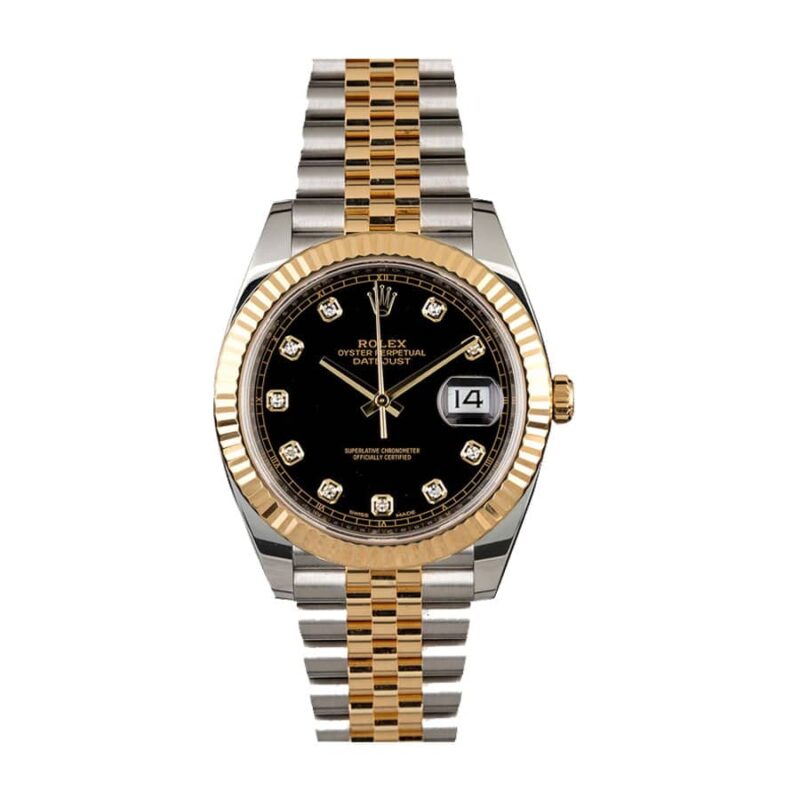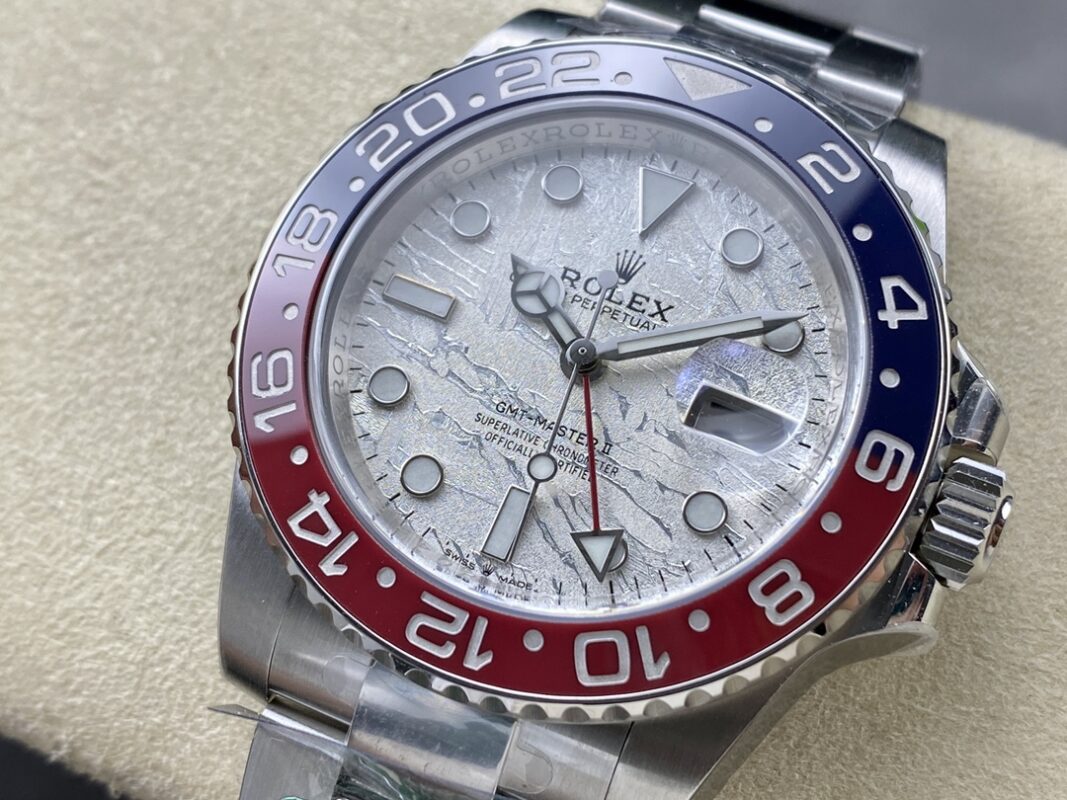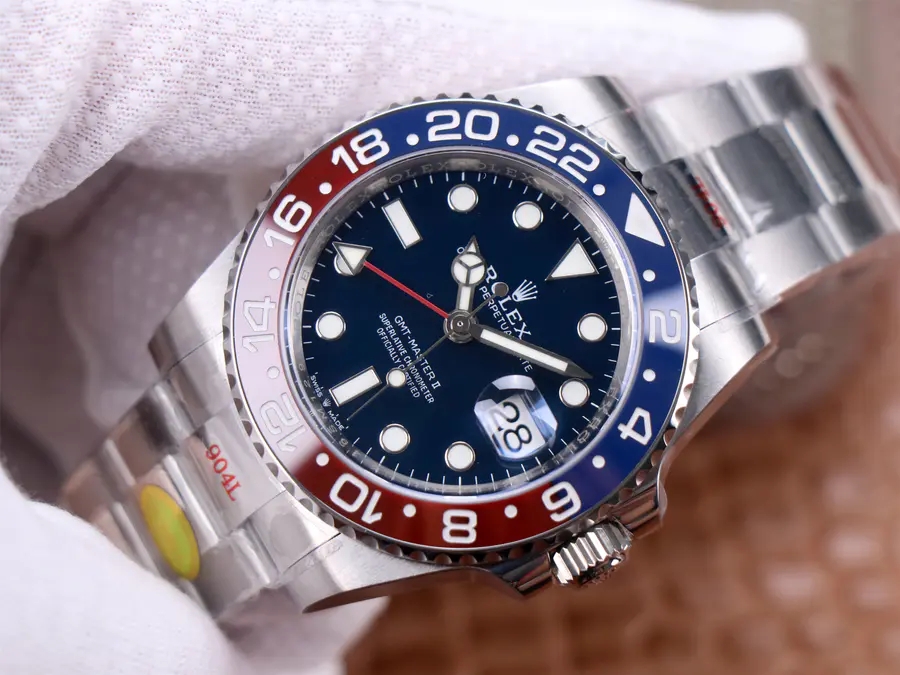Rolex
Luxury Replica Rolex Oysterquartz in Quartz Technology
When people think of Rolex, they often envision prestige, luxury, and finely crafted mechanical watches. On the opposite end of the watch spectrum, quartz watches – typically powered by batteries – are often considered cheap and unrefined. This perception, though widely held, oversimplifies the story. Not only can quartz watches be sophisticated and precise, but even replica Rolex once embraced quartz technology with their Oysterquartz line.

Rolex exclusively uses mechanical movements powered by unwinding springs, but the Oysterquartz stands as a testament to the brand’s foray into quartz technology. Inexpensive quartz watches are recognized by their ticking seconds hand, in contrast to the sweeping movement of mechanical watches. This stark visual difference has contributed to the negative image surrounding quartz, making the idea of a quartz Rolex seem contradictory to some.
Quartz’s poor reputation largely stems from its association with mass-produced, low-end watches. But for watch enthusiasts, the resentment is deeper, tied to the seismic shift caused by the “Quartz Crisis” of the late 1960s. This period saw many historic watchmakers falter as quartz technology, first introduced in 1969, revolutionized the industry. Despite this upheaval, even high-end brands like Rolex adapted to the changing landscape without compromising quality.

In 1970, Rolex introduced its first quartz-powered model, the reference 5100 Rolex Quartz, as part of a collaboration with 20 Swiss watchmakers (the CEH) who developed the Beta 21 movement. Although Seiko’s Quartz Astron had beaten them to market a year earlier, clone Rolex continued refining quartz movements. Dissatisfied with early models that suffered from issues like short battery life and clunky designs, Rolex struck out on its own in 1972 to create a more refined quartz movement.
Developing the Rolex Oysterquartz movement took five years of research and innovation, finally debuting in 1977. This advanced quartz technology called for a modernized design, resulting in a distinct collection – the Oysterquartz – rather than retrofitting quartz movements into existing models. Rolex also experimented with similar mechanical watches, such as references 1530 and 1630, to introduce this bold new aesthetic. The case designs were angular and sharp, with integrated bracelets, reflecting the futuristic feel of the technology they housed.
The 1970s saw other legendary designs emerge, notably Gerald Genta’s Royal Oak and Nautilus, which established a new category of luxury sports watches. The Oysterquartz, with its geometric case and integrated bracelet, aligned perfectly with this trend. Yet, the watch retained classic Rolex elements like the bezels and dials seen in their Datejust and Day-Date models, merging modern aesthetics with traditional elegance.

Throughout its 24-year production run, the Oysterquartz line featured various styles, from different bezel designs to dial elements like Roman numerals. The case materials and bracelet options also evolved, but they maintained the look and feel of the Datejust and Day-Date lines. However, the real innovation was in the technology behind the movement.
The Oysterquartz movement operated at a frequency four times higher than Seiko’s original quartz models, and each was certified as a chronometer by the Swiss COSC, ensuring its precision. Rolex also incorporated thermoregulating features into the movement, continually refining the technology over subsequent generations. Contrary to the low-end image quartz often carries today, these movements were meticulously crafted, featuring elegant Geneva stripes rather than basic circuit boards.
The Oysterquartz watches never achieved the same status as Rolex’s mechanical offerings. Around 25,000 Oysterquartz models were produced before production ceased in 2001. While often overlooked today, these watches offer a fascinating glimpse into Rolex’s adaptability and commitment to quality, even with quartz technology. They stand as proof that quartz watches can be every bit as luxurious and prestigious as their mechanical counterparts.
In an era when quartz technology was seen as the future and mechanical watches as replica, Rolex’s Oysterquartz line bridged the gap, offering a cutting-edge, high-end alternative. While the brand no longer produces quartz watches, the Oysterquartz remains a compelling case for the enduring quality and innovation that Rolex is known for.

